Montenegro is a small country located in the southeastern part of Europe on the Balkan coast. It shares borders with Bosnia and Herzegovina, Serbia, Kosovo, Albania, the Adriatic Sea and Croatia. The capital and largest city is Podgorica.
The national language is Montenegrin but Serbian, Bosnian, Albanian and Croatia are also commonly spoken. The country’s most populous ethnic groups are Montenegrins at 45 percent and Serbs at 29 percent.
Montenegro is a very mountainous country and its mountain terrain is some of the most rugged in Europe. The country is known for its incredible biodiversity, which is among the highest in Europe. Montenegro appeals to tourists with its scenic coast and mountains. The Adriatic coast is a big draw as are many of the well-preserved ancient towns. Montenegro is one of the top growing tourist markets in the world.
Destinations in Montenegro:
We would like to present here our tips for a great vacation in Montenegro.
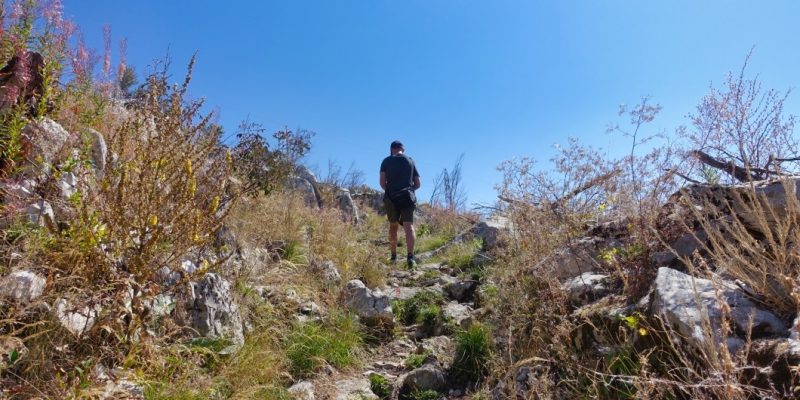
One of the highlights of our time in Montenegro was the hike in Lovćen National Park to the top of Jezerski Vrh, where the Njegoš Mausoleum is located.
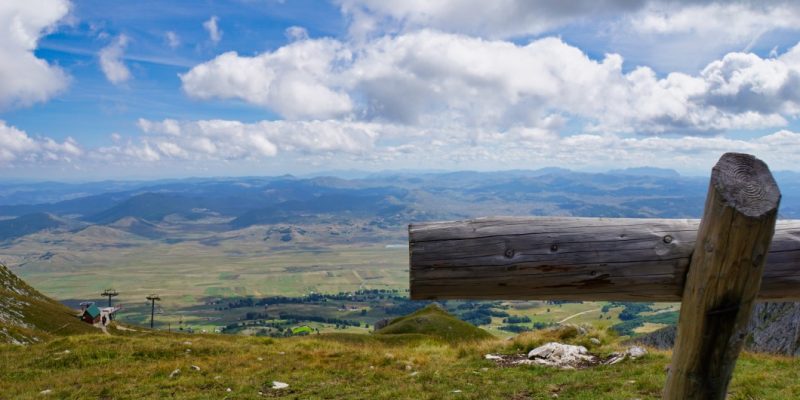
We wanted to spend one week of our stay in Montenegro in the middle of the mighty mountains of the Durmitor National Park. When looking for suitable accommodation, we chose the small town of Žabljak in the centre of the national park.
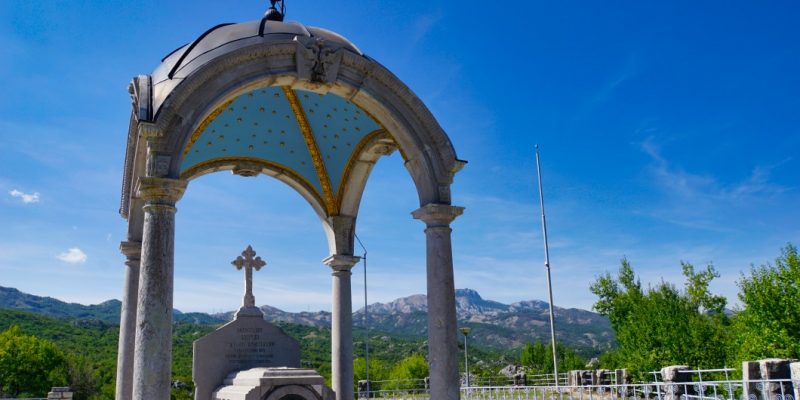
On our second Montenegro holiday, we stayed for a week in a small house in Cetinje. On the way to go shopping, we decided to make a short detour to Orlov krš.
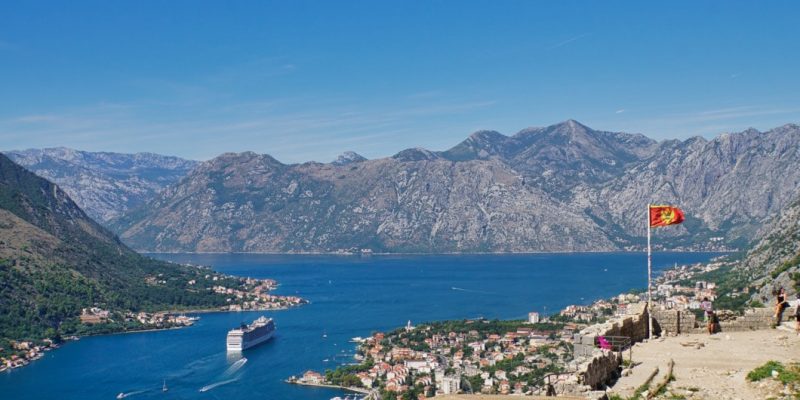
Kotor is one of the tourist areas in Montenegro. Numerous cruise ships dock here and if you talk to other Montenegro holidaymakers, most of them are drawn to Kotor and Budva.
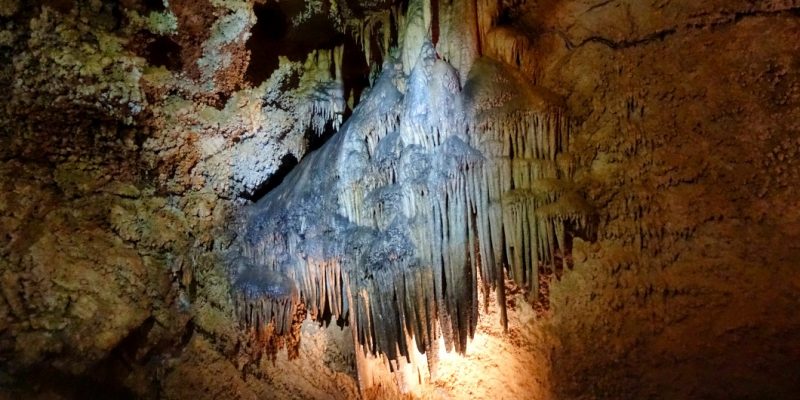
Only a few minutes' drive from Cetinje is Lipa Cave, a large karst cave that has been opened to visitors. We went there quite spontaneously to take part in a guided tour.
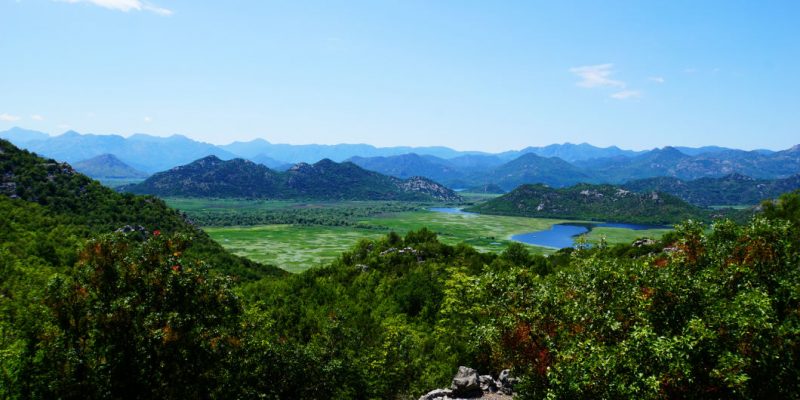
One of the most beautiful places I have seen so far is Lake Skadar in Montenegro. I fell in love with this beautiful spot at first sight.
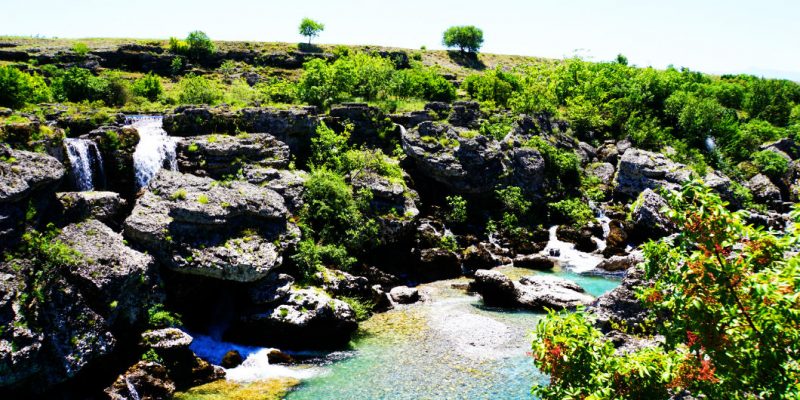
Welcome to Podgorica, or so it sounds from the loudspeaker on the plane when we land in the capital of Montenegro. The airport is small and manageable and after passport control we get our backpacks quite quickly.
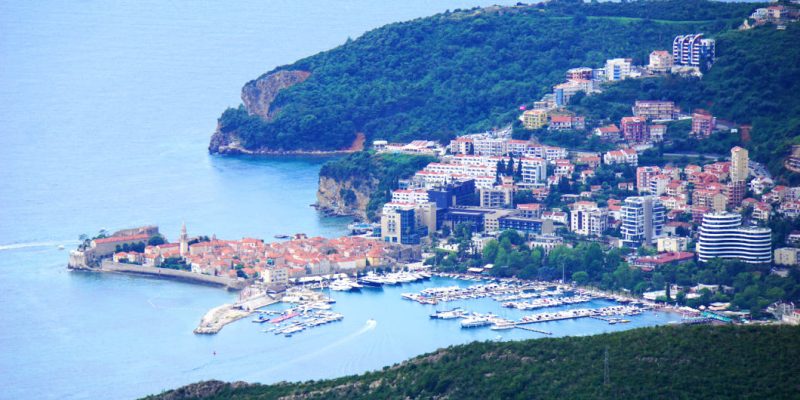
We didn't have much planned for our time in Montenegro, but we definitely wanted to go to Budva.

In our holiday resort Dodoši there is a shop that is "open when it's open". When that is, who knows. Our food supplies were already very limited when we arrived. We honestly hadn't thought about it at all - as a city dweller you always get something to eat somewhere. So we drove to Cetinje…

We are city kids and so far we have spent most of our vacations in cities. In Montenegro this should be different…
Montenegro travel information
History very briefly
The prince-bishopric of Montenegro was ruled from the small town of Cetinje from the end of the 15th century. Until the middle of the 19th century, the Vladika were the spiritual and temporal heads of the country.
Part of present-day Montenegro belonged to the Ottoman Empire until 1878. The Congress of Berlin gave international recognition to the Principality of Montenegro (later the Kingdom of Montenegro). King Nikola ruled the country until World War I. From 1916 to 1918, Montenegro was under Austro-Hungarian occupation. After the fall of the king, the country was annexed to the Kingdom of Yugoslavia.
After World War II, Montenegro became one of the six constituent republics of the Socialist Federal Republic of Yugoslavia.
In 1992, after Croatia and Slovenia left Yugoslavia, the population of Montenegro decided in a referendum to remain in the Federal Republic. After the Yugoslav wars, the population of Montenegro already showed a tendency to separate from Serbia. The burdens of the war and the isolation of the country were too much for the population. Under pressure from the EU, an agreement was reached in 2002 to form a loose association of two independent states called Serbia and Montenegro. In a referendum in 2006, the population decided by a narrow majority in favor of Montenegro’s independence. Since then, Montenegro has been seeking membership in the European Union.
Arrival
by train
The railroad traffic in Montenegro is still very expandable. One line runs from Belgrade (Serbia) to Bar on the Adriatic coast, another line connects Tirana (Albania) with Podogrica.
by plane
There are two airports in Montenegro: Podgorica and Tivat. We landed in Podgorica. Important to know – there is no public transport to the airport here. Taxis go to different cities in the country with advertised fixed prices.
by ship
There is a seaport in Bar. From here a ferry sails several times a week to Bari and Ancona in Italy.
By car
There are no highways in Montenegro so far. The most important connections are provided with well-developed roads. Smaller places are often reached only by narrow and adventurous road connections.
Entry requirements / Visa
If you travel to Montenegro as a German citizen, the following regulations apply:
A passport valid for at least 3 months is required. The identity card can also be used for a travel duration of less than 30 days or for transit, provided that it is valid for more than three months.
If you wish to stay longer than 90 days, you must apply for a residence permit in the country.
Foreigners must register with the police in Montenegro within 24 hours at the place of residence. Hotels take care of this registration, in vacation apartments you often have to take care of it yourself. Violations are rarely punished, but there may be problems with a later re-entry.
On the road in Montenegro
In Montenegro, people rely on the car. Many smaller places and also some of the sights are accessible only by very small and adventurous roads. If you are not traveling with your own car, you should rent one. There is a bus service between some places, but even the locals make little use of it.
Best time to travel
Although the country is quite small, there are great climatic differences within the region. The Dinaric Mountains are a natural climatic divide.
The Adriatic coast has a predominantly typical Mediterranean climate. The summer months are dry, sunny and often hot. In late autumn and spring it rains more often. The water of the Adriatic becomes quite warm already from May with often 20 degrees and even in October you can still go swimming well.
In the area east of the coast, i.e. around the capital Podgorica, the climate is rather continental.
At high altitudes in the mountains, snowfall may occur in winter.
Power plug
In Montenegro, German vacationers do not need a travel adapter. Type C and F plugs are used in the country. These sockets can also be found in Germany.
Languages
According to the Constitution, there are the following official languages in the Balkan state:
- Montenegrin
- Serbian
- Bosnian
- Albanian
- Croatian
This already shows how many different groups the population is made up of. We got on very well everywhere with English. The writing is mainly in Cyrillic, but in the tourist areas you can increasingly find the Latin spelling.
Internet / Phone
Montenegro is not an EU country. Therefore, depending on the phone provider, additional rooming costs will be charged.
We got a phone card from a local provider on the very first day. There are cheap tourist cards that offer lots of GB.
In most restaurants you can get free internet access. Also in our very lonely accommodation in the middle of a protected landscape area and in the middle of the mountains the internet reception was really good.
Currency
In Montenegro you pay with the Euro!
Tip
In cafes in Montenegro, it is rather uncommon to round up smaller amounts of money. In restaurants, however, it is common for tourists to add 10-15% of the amount to the bill.